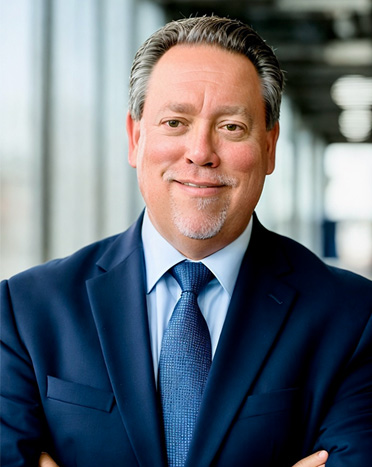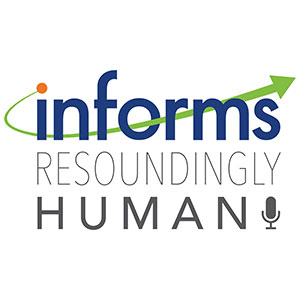
Why we need vaccine passports—and why they'll never happen
These digital documents promise to provide their owner with unfettered access to everything travel offers, much like the old normal many of us yearn for. Sounds good in theory, but there's a catch. Actually, several of them.















